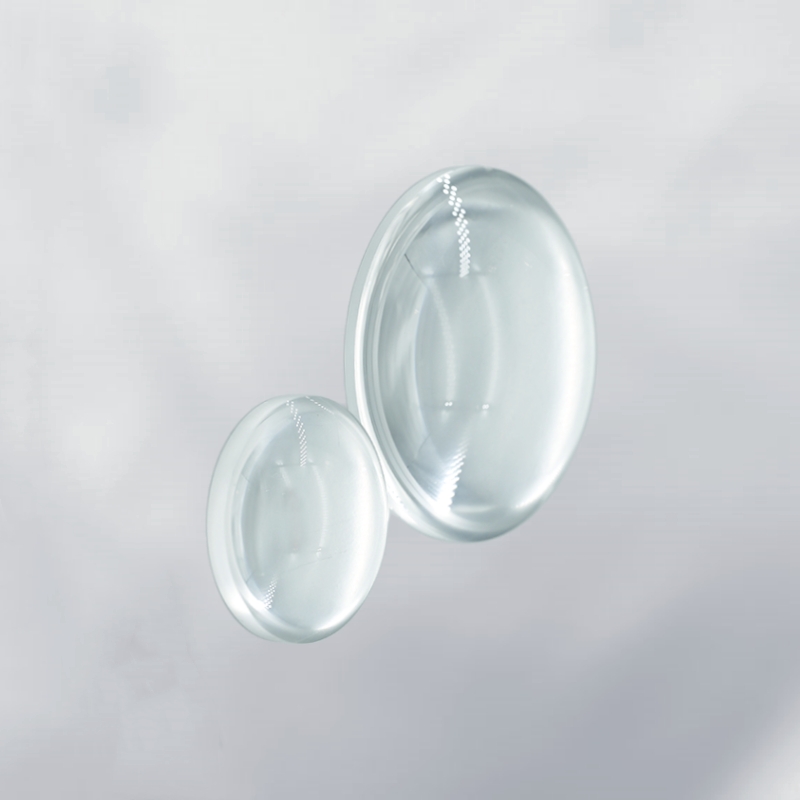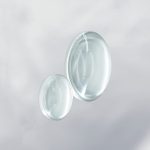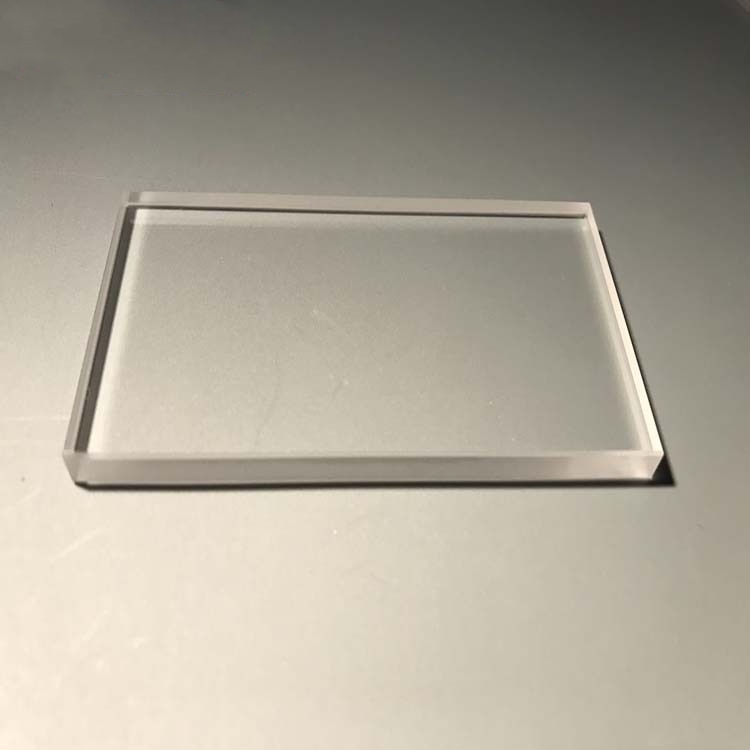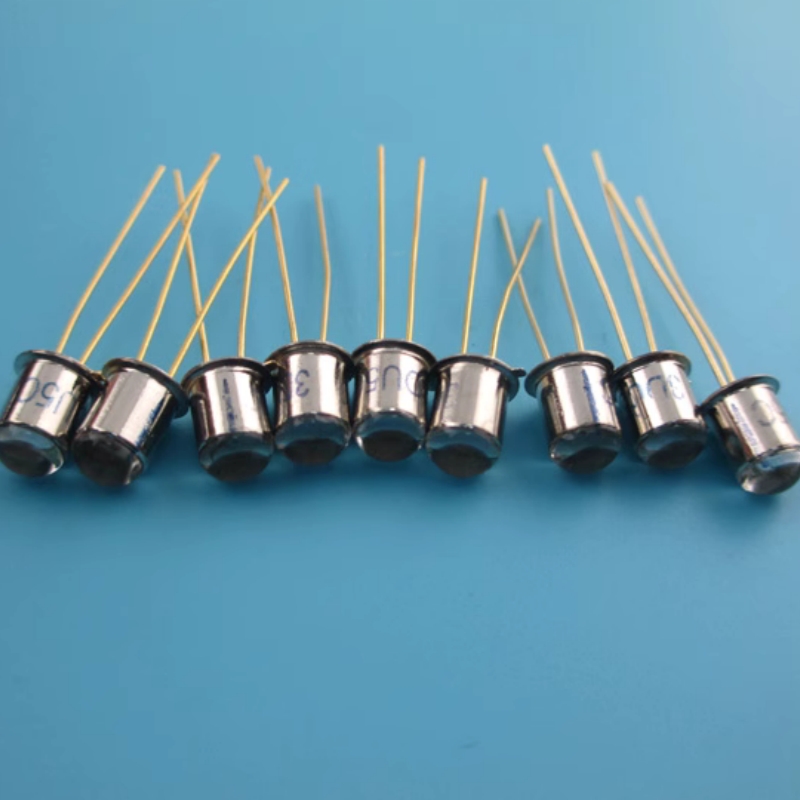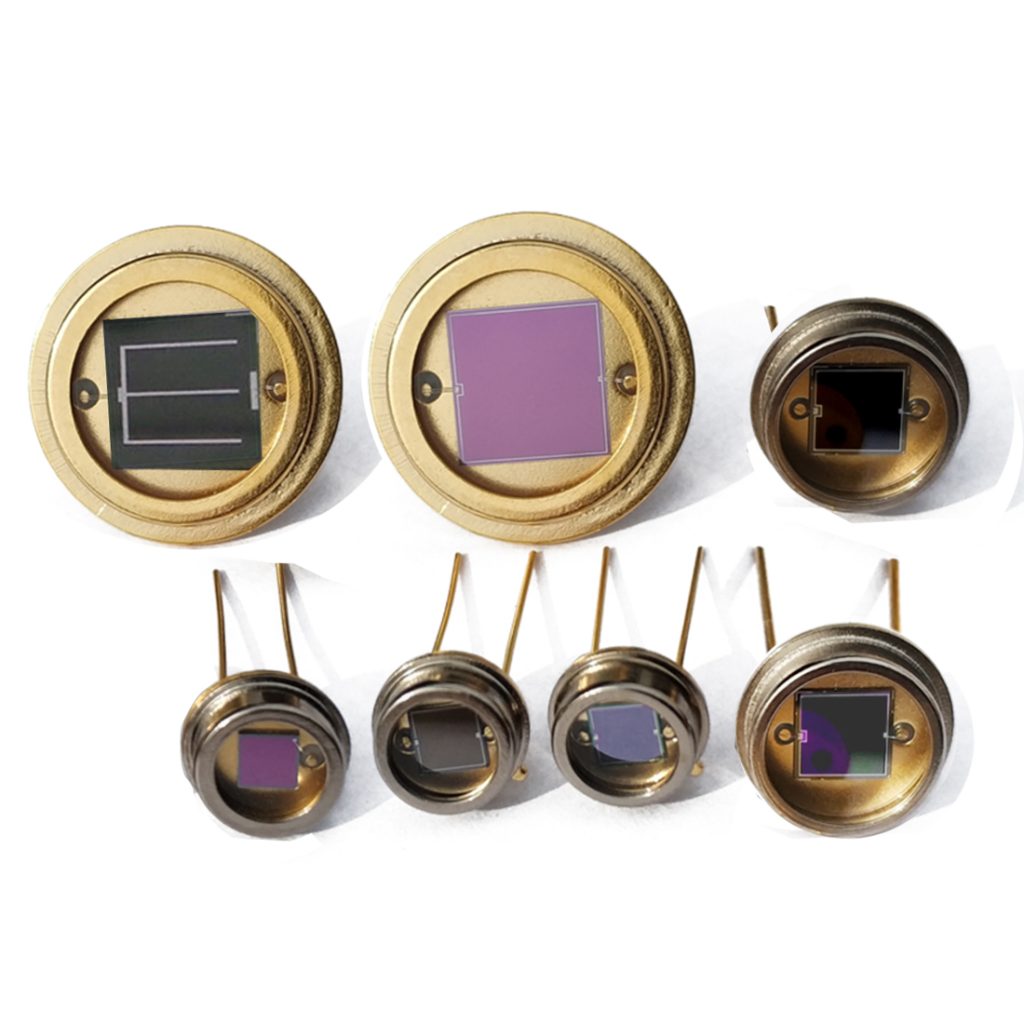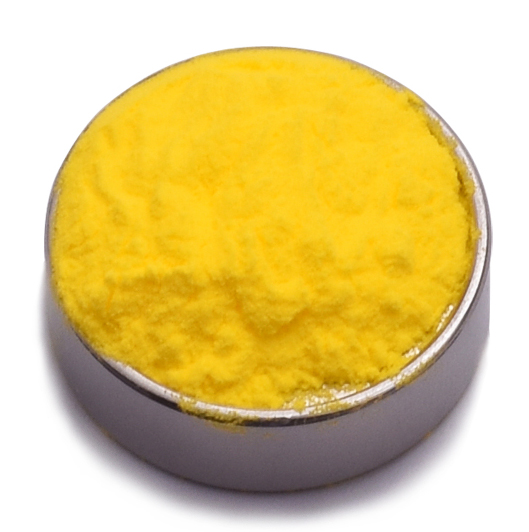Barium fluoride plano-convex lens is a high-performance optical component designed for superior ultraviolet and infrared transmission, excellent thermal stability, and precise light focusing. Manufactured from high-purity BaF₂, it offers outstanding optical clarity, minimal distortion, and strong resistance to environmental degradation. This lens is widely used in laser systems, spectroscopy, aerospace applications, and precision scientific instruments, ensuring optimal optical performance for advanced imaging and beam-shaping applications.
Product Overview
The barium fluoride plano-convex lens is an optical component made from high-purity barium fluoride, offering excellent optical performance across ultraviolet (UV), visible, and infrared (IR) spectra. Its unique plano-convex design allows the lens to focus parallel light onto a single point or convert a point light source into parallel light. This lens maintains outstanding performance even under extreme conditions such as high temperatures and high pressures.
Key Features
- Excellent Transmittance: The lens offers high transmittance across UV, visible, and IR wavelengths without the need for additional anti-reflective coatings.
- High Hardness and Durability: It has a high hardness and is resistant to wear, ensuring stability in demanding environments.
- Broad Spectrum Performance: The lens performs excellently across a wide range of wavelengths, from vacuum ultraviolet (VUV) to long-wave infrared (LWIR).
- High Refractive Index and Dispersion: Suitable for optical dispersion systems, such as dispersive prisms, to effectively separate different wavelengths of light.
- Laser Optical System Application: Widely used in laser optical systems to improve focus and imaging precision while enhancing overall system stability.
Applications
- Laser Systems: Used as focusing and imaging components to improve the performance of laser systems.
- Optical Instruments: Plays a key role in dispersion, imaging, and beam convergence in optical systems.
- High-Temperature Environments: Suitable for optical devices operating in high-temperature and high-pressure environments.
- UV to IR Spectral Analysis: Widely used in spectroscopic instruments for precise light control.
| Optical Property | Value |
| Transmission Range | 0.15-14 μm |
| Transmittance | >94%@0.35nm-10.8μm |
| Refractive Index | 1.462@2.58μm, 1.45@5μm |
| Reflection Loss | 6.8%@2.58μm (both surfaces) |
| 6.5%@5μm (both surfaces) | |
| 5.3%@10.35μm (both surfaces) | |
| Absorption Coefficient | 3.2×10⁻⁴@6μm |
| Structure | Cubic Crystal System |
| Cleavage Planes | <111 |
| Physical Property | Value |
| Density | 4.89 g/cm³ |
| Melting Point | 1386 ℃ |
| Thermal Conductivity | 11.72 W/(m·K) @ 286K |
| Thermal Expansion | 18.1×10⁻⁶/K @ 273K |
| Knoop Hardness | 82 kg/mm² |
| Specific Heat Capacity | 410 J/(kg·K) |
| Dielectric Constant | 7.33 @ 1 MHz |
| Young's Modulus | 53.07 GPa |
| Shear Modulus | 25.4 GPa |
| Bulk Modulus | 56.4 GPa |
| Poisson's Coefficient | 0.343 |
| Chemical Property | Value |
| Solubility | 1.7 g/L @ 20℃ |
| Molecular Weight | 175.3238 g/mol |
| Property | Value |
| Diameter Range | 2-300mm |
| Focal Length | 15-5000mm |
| Thickness | 0.12-60mm |
| Surface Quality | 80-50, 60-40, 40-20, 20-10, 10-5 |
| Surface Flatness | λ/2, λ/4, λ/8, λ/10 |
| Clear Aperture | >90% |
| Coating | Customizable |
 new material
new material

